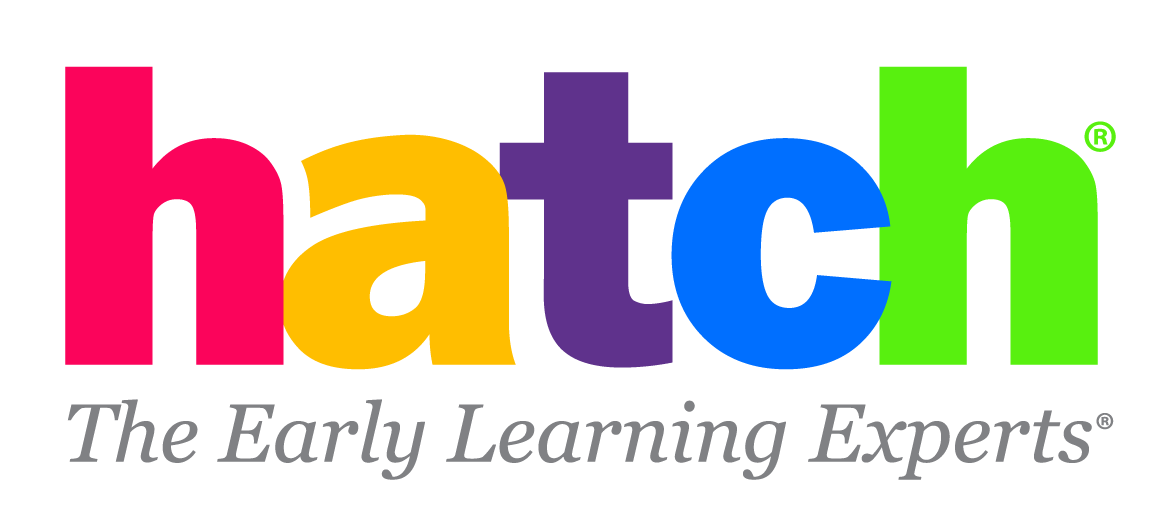In early childhood education, we talk a lot about “at-risk children”. Moreover, we do all we can to identify these students through the lens of ethnicity, language and socio-economic status. This is especially true in the early childhood classroom, where so much attention is paid to managing so many different kids with so many different backgrounds and abilities.
We often find ourselves concentrating on those children who warrant the most help or attention: those who outwardly struggle and those who outwardly excel. Moving along with the group often becomes the measurement of success.
Among the most at-risk however, are those children who struggle quietly: the ones we don’t immediately notice, the ones whose challenges are hidden by their own quiet compliance or obscured by the group's progress.
There's a cost to standardization.
Recently, in our review of the Achievement Gap, we posed the idea that children are engaged in significant learning well before “the first day of school.” In fact, in the period from birth to three years, children’s brains have formed more than 100 trillion connections – the fastest rate of brain development across the entire human lifespan. As a result, if we only start to embrace and prepare our kids on that “first day of school,” we’re often too late.
Similarly, test scores and class averages can paint a vivid story about a student’s performance. But these take place after the struggle and often long after the student has adapted to hiding his or her weaknesses. Or worse, long after the student has become demoralized.
Soon, unable to articulate their frustrations, emotions take hold. Many of these children are labeled as shy or withdrawn. Or they lash out, and end up labeled as behavioral problems – further and further obscuring the often simple challenges they’re having with the lesson at hand.
But there’s also a cost to customization.
As educators, we all know – through our own training and through our own intuition – that young learners hear, absorb and recall information differently. We also know that there are dozens of elements that impact a young child’s ability to learn. Teaching style. Student personality. The child’s motivation. Support at home. The learning environment. These are just a few.
Seeing the child through these lenses certainly better positions early childhood educators to employ a variety of teaching methods and activities to ensure each child has the chance to grow, learn, and engage.
As the pendulum deeply swings from a collective to an individual focus, we then ask already overburdened teachers to custom-design virtually every lesson for the twenty-or-so different pairs of ears and eyes in the early learning classroom. And with such an individualized approach, how do we really know that we’re having the right impact?
In the end, we’re forced to rely on periodic assessments and evaluations.
Even then, this poses a different problem. When the assessment is done, is it too late?
The solution? Just in Time instruction.
Identify the problem before it evolves into a disaster.
Just-in-time instruction (also called “on-demand” instruction) is a tool often used in video games – it gives the user or the student information as it’s wanted or needed, to allow the user to guide themselves through the experience. Measuring young learners as early and as frequently as possible – through these kinds of real-time objective evaluations – empowers both teachers and students. This is the value of just-in-time instruction – a key feature found in our digital software - that gives teachers deeper insight into how young learners are performing and when to intercede with what instruction.
This is the way that children who are in early learning classrooms right now have been taught to learn – many of the games that they taught themselves play at home or on mobile devices work this way. If we want them to learn and succeed, we need to teach them the way they have already been learning! This kind of instruction helps children learn the skills they need to build upon other ones and is uniquely equipped for this generation’s early learners.
Turning the Achievement Gap into an Opportunity
Finding success in the classroom is always a two-party journey. Teachers can only be empowered to teach when they first empower their students to learn, which is exactly what Hatch technology is designed to do. To learn more about how to meet children where they are and leverage just-in-time instruction, look no further than our WePlaySmart® and iStartSmart® technology solutions
iStartSmart tutorials don’t teach children the skill they’re about to apply – they teach the game’s mechanics. iStartSmart features brilliant just-in-time instruction after every answer, which is the point during which the child is interested in receiving that instruction. The thermometer, (a new feature!), keeps the child motivated to find the correct answer with amplified feedback.
Our WePlaySmart platform features better feedback sounds in Sort and Connect games, visual goal highlights in Sort and Uncover games and assistance prompts that play when children are struggling. Want to see WePlaySmart software in real time? Click here to watch the video!
With more insightful, automated assessment, teachers can get a detailed look into what the children in their classrooms truly know.
Want to learn more about how Hatch technology can help your program close the achievement gap? We’d love to tell you more! Find out more about Hatch technology by requesting a demo.

